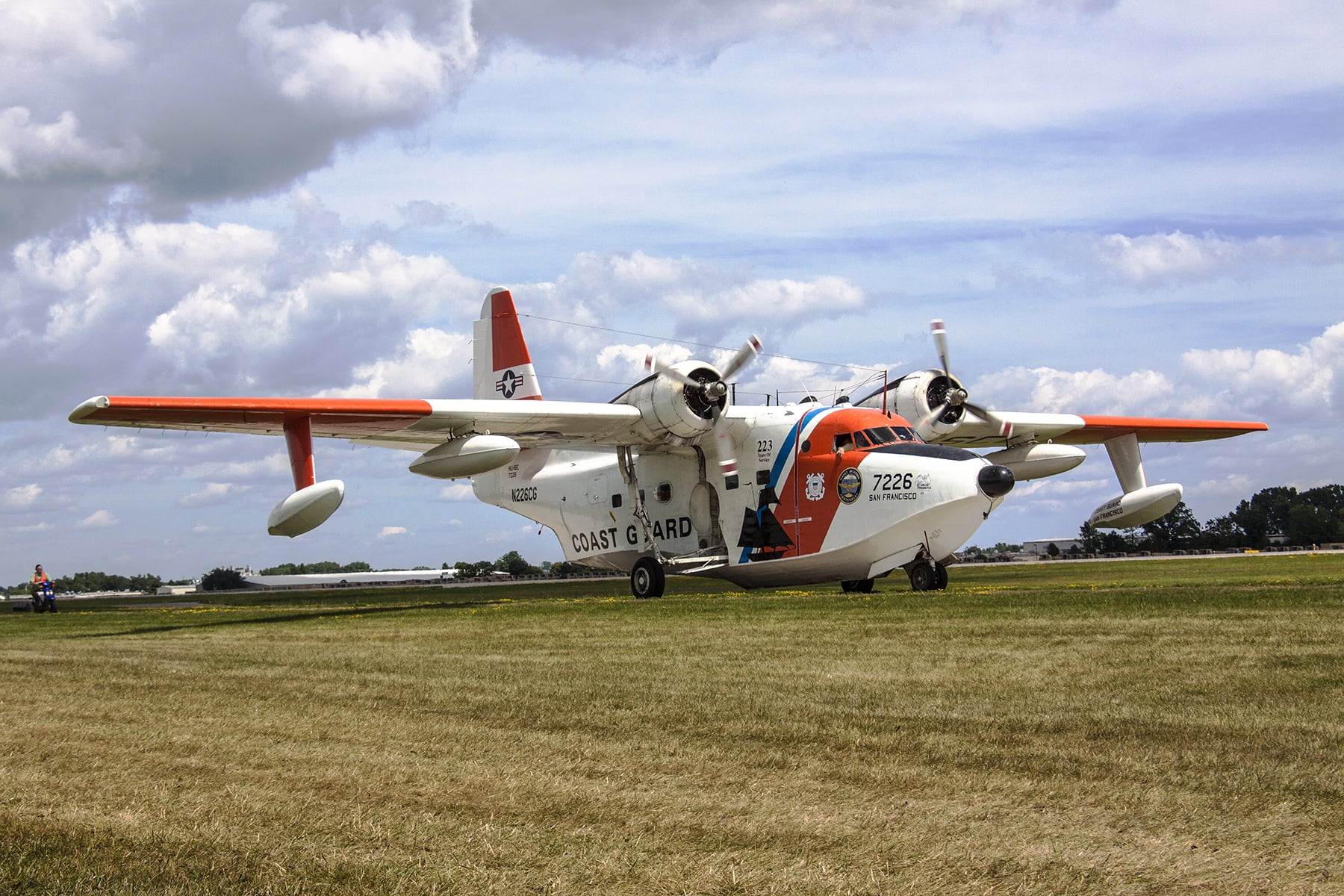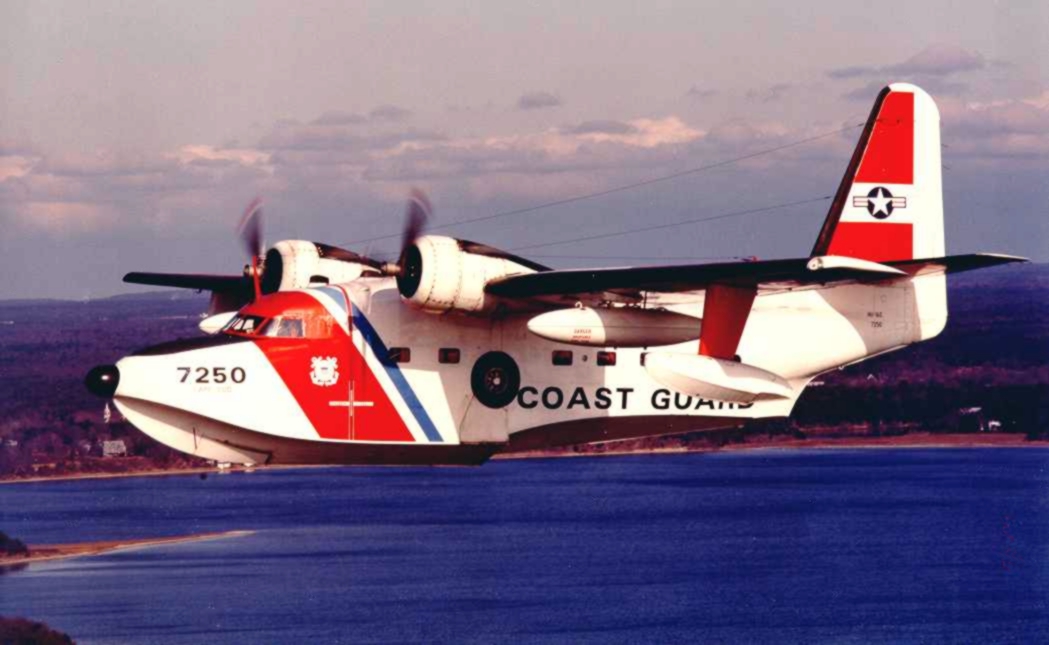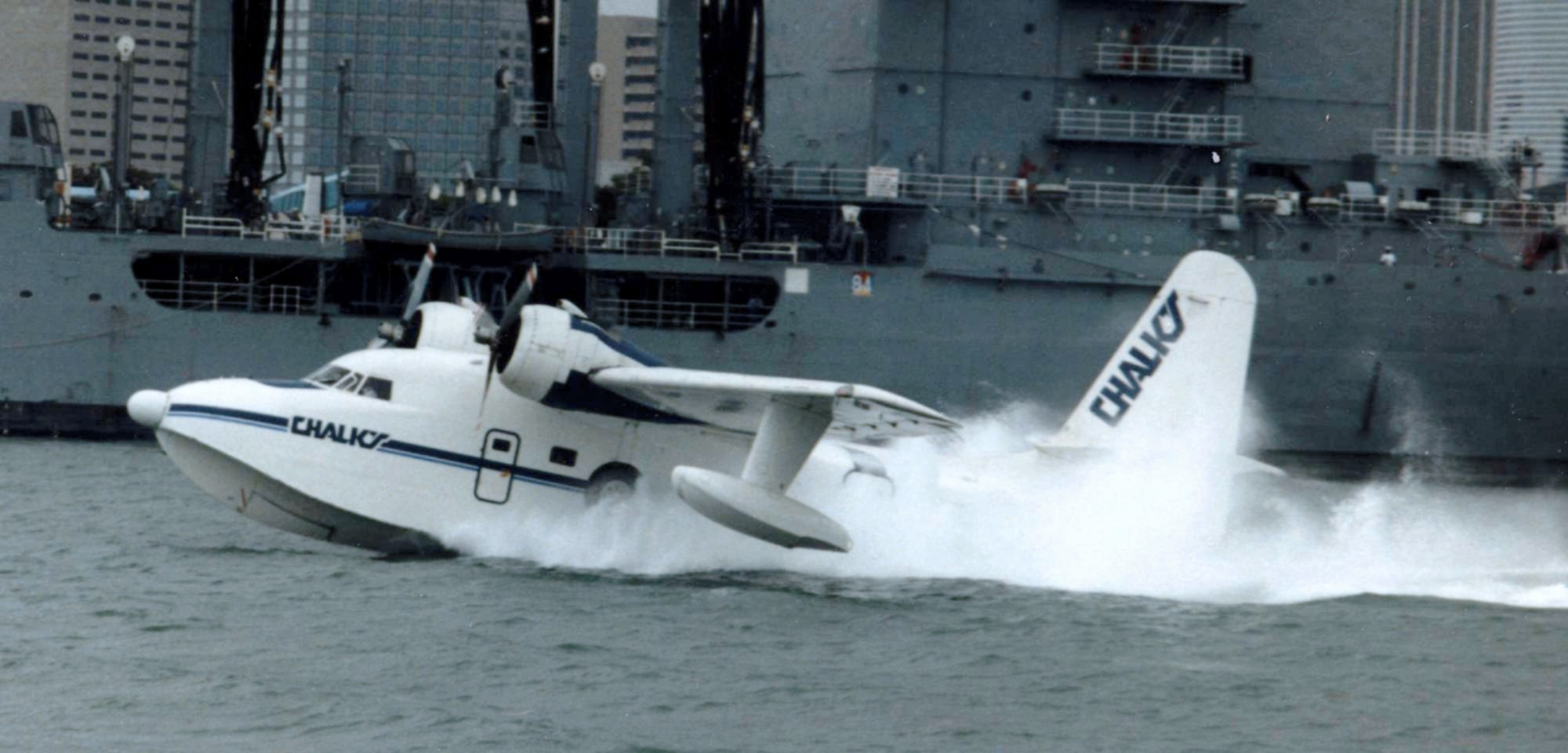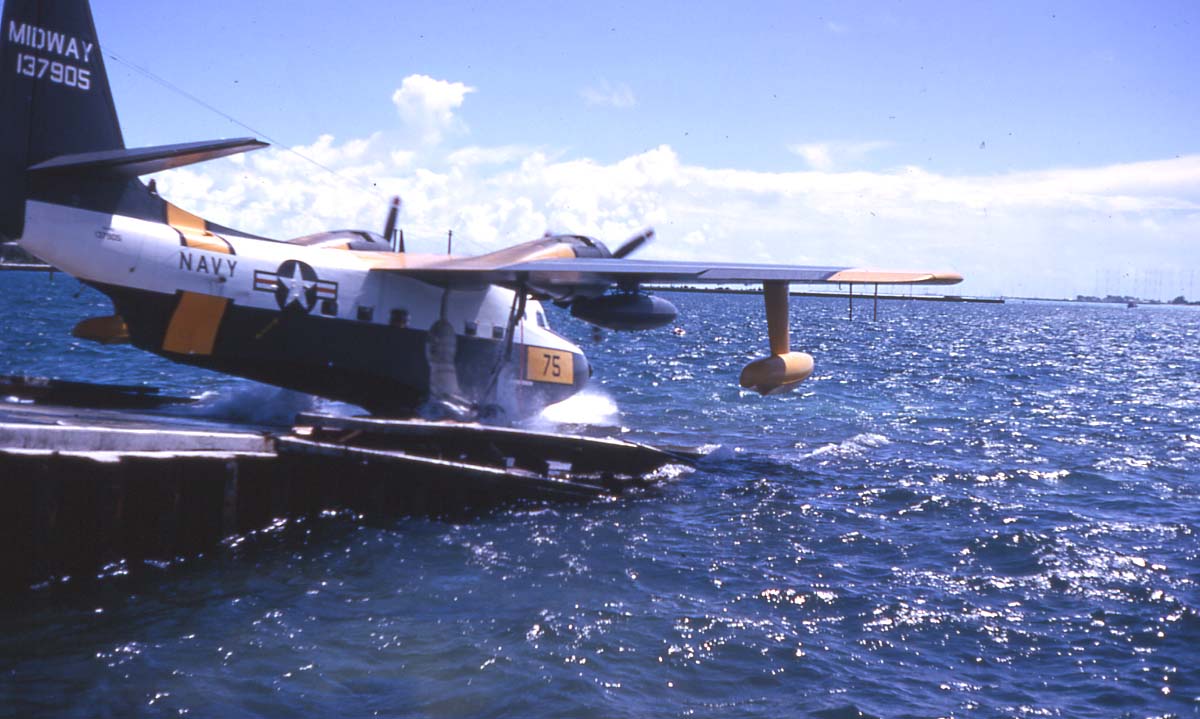Under Fire off Formosa
A Republic of China HU-16 carrying three mainland Chinese naval defectors was shot down by communist MiGs over the Straits of Formosa on 9 January 1966, just hours after the defectors had surrendered their landing ship and requested asylum. The Albatross was attacked just 15 minutes after departing the Chinese island of Matsu on a 135-mile flight to Taipei in Taiwan. Supposedly, the shoot-down of the Taiwanese HU-16 was motivated at least in part by the fact that the defectors had allegedly killed seven of their fellow crew members during their escape.

Coast Guard Duckbutts
The USCG flew SAR missions with their HU-16s between 1951 and 1983. Their missions were both coastal and long-range open-ocean SAR. Considered by many to be one of the most aesthetically pleasing paint schemes ever to adorn a military aircraft, the USCG’s white/international orange/blue colors were seen on HU-16s over beaches, coastal islands, and American coastlines in general for many years.
If you were in trouble on the high seas, hearing an Albatross drone overhead meant you probably had it knocked. Dassault HU-25 Guardians and Lockheed HC-130 Hercules SAR aircraft gradually replaced the Albatross in USCG service.

Long and Distinguished Careers
The Navy and Coast Guard held on to their HU-16s a while longer than the Air Force did. The last Navy Albatross flight was the August 1976 delivery of their last operational HU-16 to the National Museum of Naval Aviation at NAS Pensacola in Florida. The last Coast Guard HU-16 flight was in March 1983, when the USCG retired the last of their 91 operational HU-16E Albatross amphibious (7250) at Coast Guard Air Station (CGAS) Cape Cod. But the Albatross wasn’t done just yet. The Hellenic Navy of Greece retired the very last operational military HU-16s on the planet 12 years later in 1995.

The Warbird Clipper Duck of Today
But wait… there’s more. The Albatross is one of today’s most desirable warbirds. A few are currently airworthy as civilian warbirds, and several more are being used by corporate entities. Many of these aircraft have been outfitted with plush interiors, advanced avionics, and even rebuilt wings. NASA used one for many years as a training aircraft for space shuttle astronauts.
In 1997, an Albatross (N44RD) circumnavigated the globe in 73 days. The flight covered 26,347 miles in only 190 hours of flight time, with 38 stops in 21 countries. The aircraft is now enshrined at the Hiller Aviation Museum.
There was even a yearly Albatross fly-in that took place for many years in Boulder City, Nevada, where pilots could become type-rated in the HU-16. It is unclear if that tradition continues today. And the in-cabin wireless network antennae used on many airliners today were developed using a HU-16.

The International Duck and Airline Duck
Military operators of the Grumman HU-16 Albatross included Argentina, Brazil, Chile, the Republic of China (Taiwan), Germany, Greece, Iceland, Indonesia, Italy, Japan, Malaysia, Mexico, Norway, Pakistan, Peru, Philippines, Portugal, Spain, Thailand, and the United States.
Civil operators of the Albatross include Chalk’s International Airlines of Miami (modified to G-111 standard), Pan American World Airways, and Continental Airlines’ Air Micronesia, which took over service to the Trust Territory of the Pacific Islands into exotic places like Yap, Palau, and Truk, until those destinations built adequate airports for regular air service with standard passenger aircraft during the mid-1970s.


I have a lot of hours on the SA-16. Also was crew member on KC-97’s, C-119’s, C-54’s and C118’s. They were “luxury” airplanes. The SA-16 was a flying tank, capable of absorbing enormous punishment and still flyable. They were not as classy or pretty as the above mentioned but boy, they were fun.